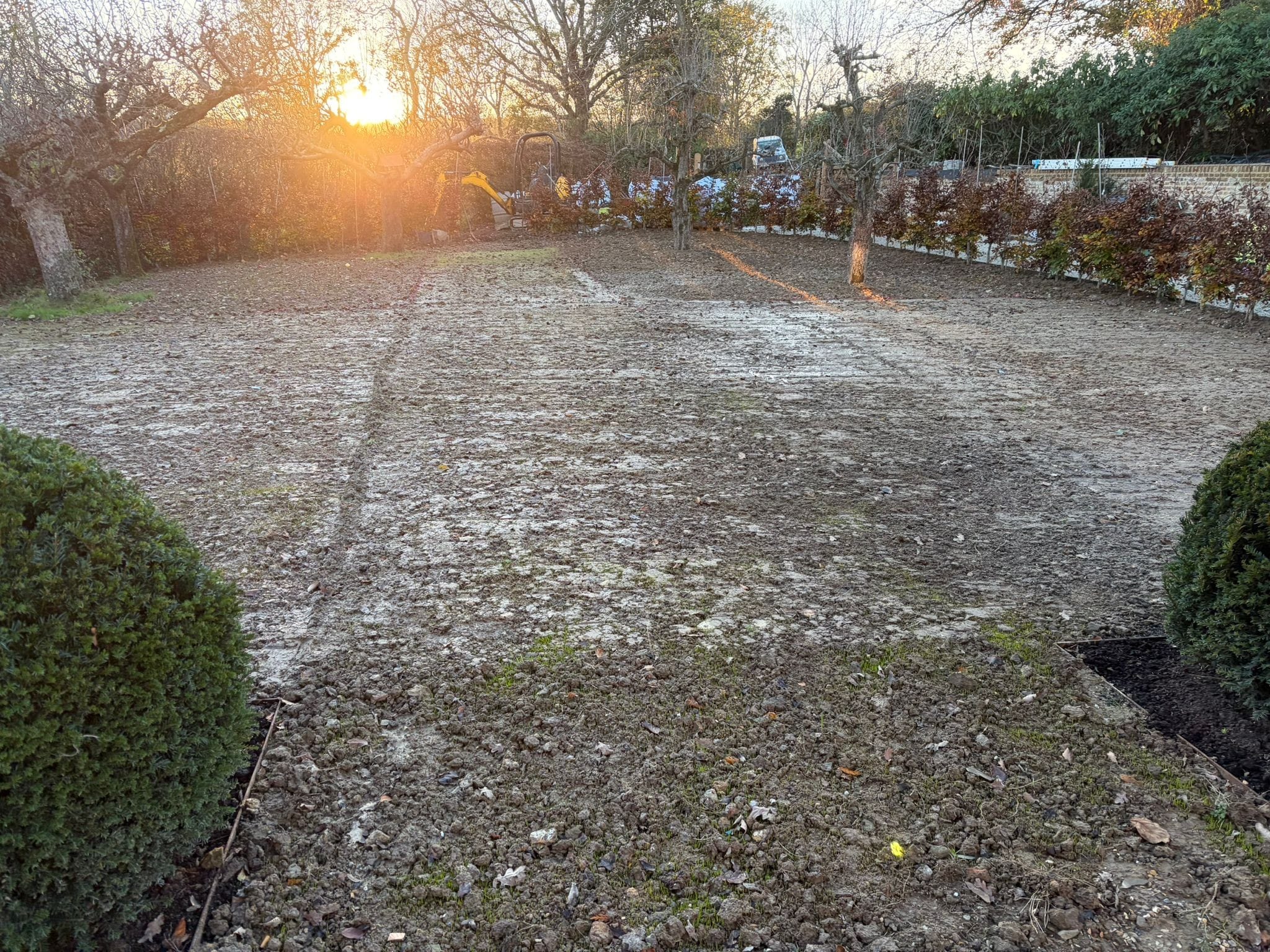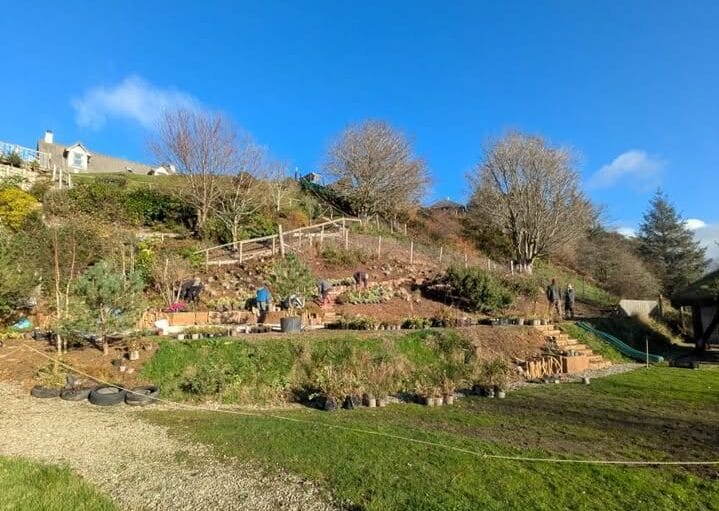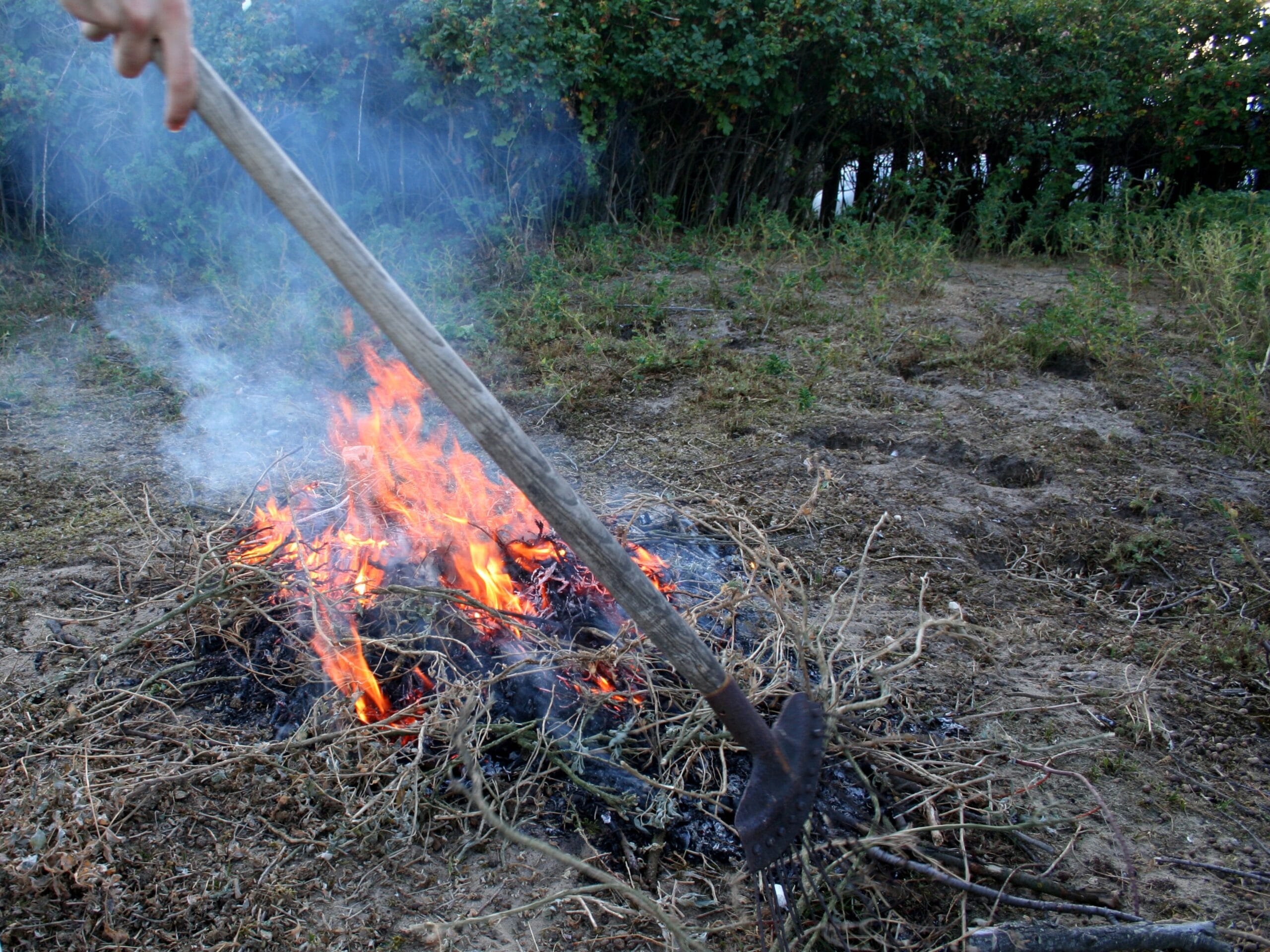Transform your garden this winter and be ready for a thriving 2026 season. At Frogheath…
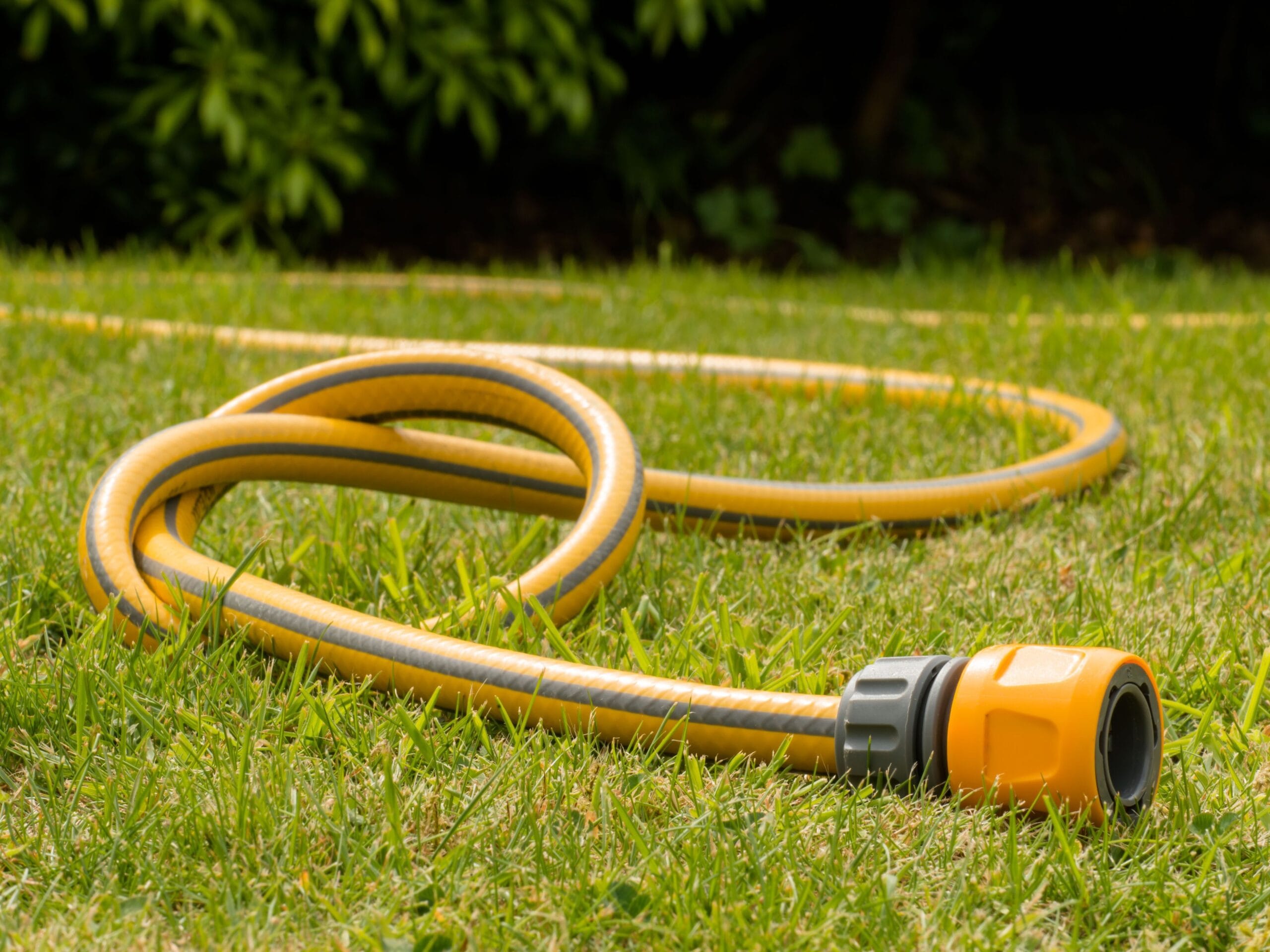
Looking After Your Garden During A Hosepipe Ban
Looking after your garden during a hosepipe ban can seem a little daunting. With the recent announcement of a hosepipe ban across East Sussex, many garden lovers may be feeling a little concerned about how to keep their outdoor spaces looking their best. At Frogheath Landscapes, we understand how important your garden is—whether it’s a flourishing flower bed, a vegetable patch, or a calming green retreat.
But don’t worry—there are still plenty of ways to keep your garden healthy, even without your trusty hosepipe. Here’s everything you need to know to protect your plants and make the most of this dry spell.
What the Hosepipe Ban Means
The ban, introduced by South East Water, restricts the use of hosepipes and sprinklers connected to mains water. This includes:
- Watering your garden or lawn with a hosepipe
- Filling or topping up ponds, paddling pools or fountains
- Washing cars, windows or patios with a hosepipe
Breaking the ban can result in a fine, so it’s worth understanding the rules and working within them.
Exceptions You Should Know About the Hosepipe Ban
There are some exceptions that may apply, to help you in looking after your garden during a hosepipe ban:
- Potted plants: You can water them using a watering can filled from a mains tap.
- Newly laid turf or plants: May be exempt for a limited period after planting, but it’s best to check directly with your local water authority for the most up-to-date information.
- Watering for commercial purposes: Professional landscapers may have certain allowances under specific conditions. If we’re maintaining your garden, we’ll ensure all work is carried out in line with the latest guidelines.
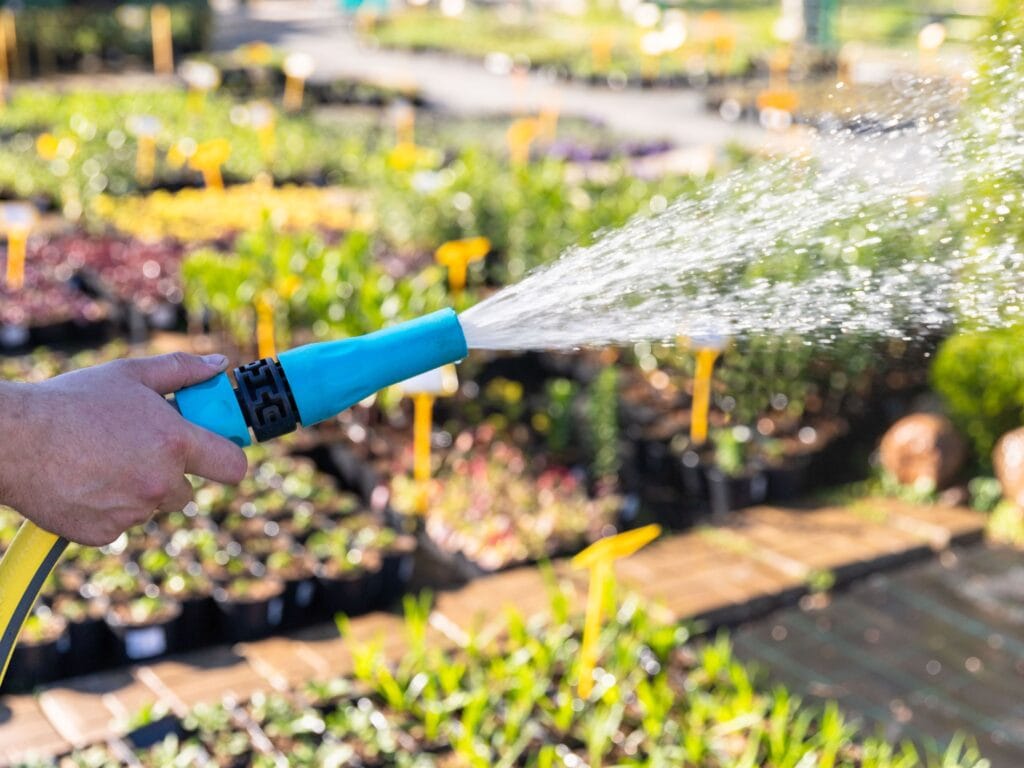
Six Tips to Look After Your Garden During A Hosepipe Ban to Keep it Thriving
- Water Wisely
- Use a watering can in the early morning or late evening when it’s cooler to reduce evaporation.
- Focus on the base of the plant to get moisture straight to the roots.
- Mulch, Mulch, Mulch!
- Add a layer of mulch around plants to keep moisture in the soil. Bark chips, compost, or even grass clippings work well.
- Prioritise Your Plants
- Focus on plants that need the most care, like vegetables and recently planted flowers.
- Established shrubs and trees can usually handle drier conditions better.
- Reuse Household Water (Grey water)
- Water from washing up, rinsing vegetables, or even bathwater (as long as it’s not too soapy) can be used to water non-edible plants.
- Use Water Butts
- Now is the time to start collecting rainwater if you’re not already. A water butt connected to a downpipe can provide a free, sustainable source of water.
- Smart Plant Choices
- Consider drought-tolerant plants like lavender, sedum, and ornamental grasses. These hardy varieties cope well with dry spells.
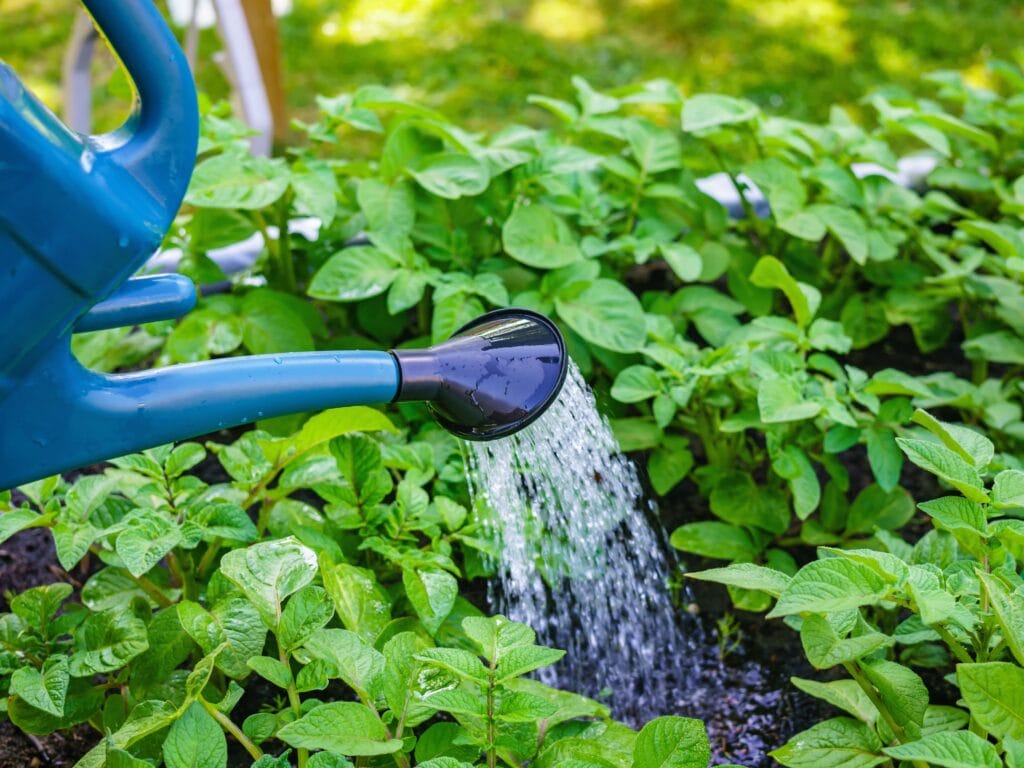
We’re Here to Help
At Frogheath Landscapes, we’re committed to supporting our East Sussex and Kent community through every season, including looking after your garden during a hosepipe ban. If you’re unsure how to adapt your garden, or want to explore drought-tolerant landscaping options, our team is here to help.
We offer professional garden landscaping and water-conscious planting advice to keep your outdoor space beautiful, even when water is scarce. Why not book in a planting consultation with our Director, Steve Moody?
Contact us today for a consultation or visit our website to learn more.
Let’s keep our community blooming—responsibly!

